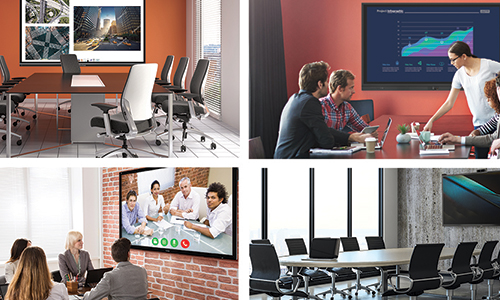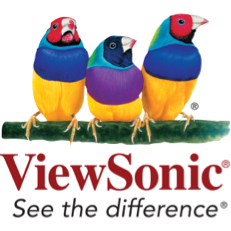We’ve come a long way from bespoke cables, single-user systems and centralized decision making. It’s now a world that requires an intrinsic commitment to communication, collaboration and productivity using any device from anywhere. This new landscape is propelling an inevitable increase in AV/IT convergence as the boundaries between these functions continue to blur.
There was a time when AV and IT departments were siloed and sometimes even hesitant to get pulled into each other’s projects. Not anymore. AV/IT convergence is now a fact of life. One driven by a focus on the drivers of organizational strategy and the needs of end users.
In the past, AV equipment functioned primarily on an independent architecture, with specialized software, purpose-built hardware and unique control systems. This space was also serviced by a group of resellers/installers who specialized in commercial AV, residential AV or both. On the other hand, corporate IT departments were focused on servers, network infrastructure and endpoints.
There is now a digital transformation taking place everywhere, with devices that are more connected and allow for greater employee and customer interaction. This transformation is forcing IT departments to become much more involved with provisioning and managing a wider variety of AV equipment.
The result is a mandate for integration and teamwork between these two groups that hold the keys to successful project implementations. That means developing a proactive approach to understanding the respective needs and pain points as the lines blur between the two sides of what is now the same coin.
And, just as the IT side will need to get more versed with AV technology, the AV side will need to do the same with “commoditized IT equipment” if they want to stay competitive.
Everyone from customers and employees who use technology to resellers and distributors is affected in some way by the convergence of AV and IT. It’s impacting virtually all market segments as well. Of course, each has its own unique needs and objectives, but they can all benefit from interconnected technologies if they are properly designed and implemented.
In the corporate office, the objective may be to increase productivity and collaboration between headquarters staff and those at divisions around the world. In healthcare, it could be to expedite consultation between clinicians to improve care or facilitate workflow with faster access to medical records. For schools, it might be to quickly broadcast emergency notifications. And in fast food, it may be to boost sales by enhancing efficiency in the drive-through service.
A key change in today’s work environment is that more and more employees work from home or in different corporate locations. The need for collaboration has prompted AV and IT departments to seek new solutions. It also presents challenges to office managers in upgrading conference rooms as well as creating increasingly popular huddle spaces.
In the past, for example, a typical meeting space would have a Polycom phone and a projector for local attendees to share their screen. Modern-day conference rooms now require much greater connectivity. There are often one or more large-format, interactive, flat-panel displays that serve as content collaboration platforms for local participants connected wirelessly as well as for remote participants anywhere.
Interactive collaboration displays with advanced whiteboarding software, built-in screen mirroring and connected Unified Communication (UC) systems are becoming common in the workplace of leading companies.
Advanced interactive touchscreen displays and associated systems are a prime example of this intersection of AV and IT with their ability to deliver natural onscreen writing and drawing, seamlessly connect multiple users and locations, provide built-in processing for annotation and multimedia, accommodate multiple ports as well as wireless interconnectivity, access cloud-based storage and apps, and provide the flexibility of a platform-agnostic approach.
Click here to learn more on leveraging this AV/IT convergence and find the technologies to build success in your business.











